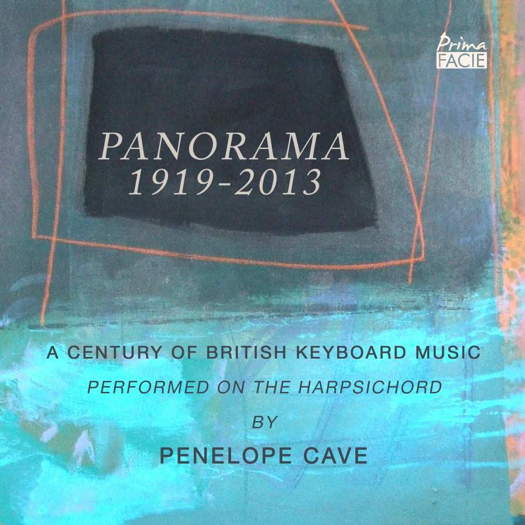- Ernst Toch
- April Fools Day
- Robert Harbinson
- Takahiro Sonoda
- Brahms
- Lawrence Power
- Grigoraş Dinicu: Hora staccato
- Charlotte Trepess
Van Zweden and the Double Fifth
GIUSEPPE PENNISI listens to two symphonies in Rome
What a joy to see, on 28 May 2022 at a third afternoon repeat, the great hall of the Auditorium of the Parco della Musica quite full (and the galleries where tickets are, of course, at the best market, very full). Since the beginning of the pandemic, the public has seemed to be almost absent, except for the only 'out of subscription' performance of Turandot on 12 March. The audience slowly returned to the large auditorium - 3,000 seats - and finally crowded it, on a spring afternoon. (The show began at 6pm.)
The program was such as to attract the usual audience of the symphonic season of the Accademia Nazionale di Santa Cecilia: two 'fifth' symphonies, first that of Dmitry Shostakovich and. after the interval, that of Ludwig van Beethoven. The novelty: the debut in Rome, at the helm of the orchestra, of Jaap van Zweden, currently music director of the Hong Kong Philharmonic Orchestra and of the New York Philharmonic. Van Zweden is a worldwide celebrity and his debut at the Academy was highly awaited.
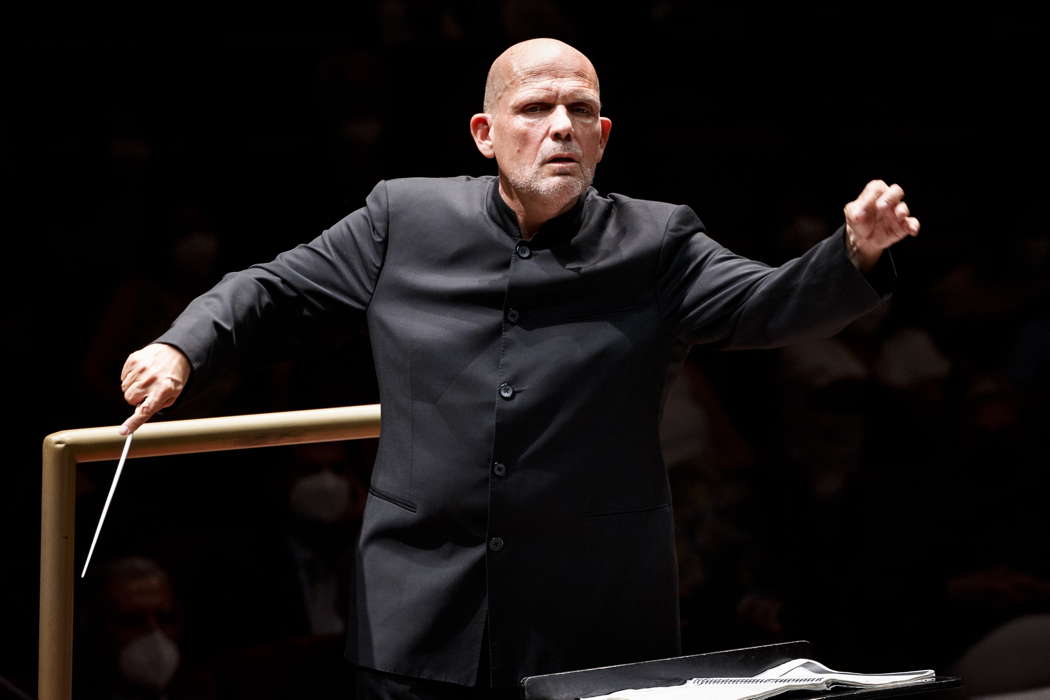
Jaap van Zweden conducting the Orchestra dell'Accademia Nazionale di Santa Cecilia in Rome. Photo © 2022 Musacchio, Ianniello & Pasqualini
Van Zweden began working as a conductor after Leonard Bernstein invited him to conduct an orchestral rehearsal in Berlin. He initially conducted small groups and in 1997 became a full-time conductor. His first assignment was as principal conductor of the Orkest van het Oosten (Orchestra of the East of the Netherlands) in Enschede. He worked in this position from 1996 until 2000. Van Zweden was principal conductor of the Residentie Orchestra in The Hague from 2000 until 2005 and recorded Ludwig van Beethoven's complete symphonies. In 2005, he became principal conductor and artistic director of Radio Filharmonisch Orkest (RFO, the Netherlands Radio Philharmonic) of Hilversum. In February 2007, he extended his contract with RFO until 2013. Outside Europe van Zweden made his US debut with the Saint Louis Symphony in 1996. Van Zweden has a very personal style: he accentuates the rhythm, highlights the colours, emphasizes - as if to make better notice of rhythm and colors - the lyrical abandonments. You can feel Bernstein's slant.
The writing of Shostakovich's fifth symphony took place in a troubled period of the composer's life due to his tensions with 'the upper floors' of the hierarchies of 'socialist realism', as we have described several times here. Nonetheless, the work was a great success, and it is reported to have received, at its debut, an ovation that lasted half an hour.
In the first movement (Moderato), Van Zweden shows, following the opening vibrant attack, that Shostakovich unleashes his compositional skills through the construction by climax of the different sections of the movement: they grow in intensity through the very narrow development of thematic ideas. They reach the expressive peak in the middle of the movement with an immense orchestral explosion, which then slowly folds back on itself until it is extinguished in a last lyrical revival of the themes of the first half. At the end of the movement, a new orchestral crescendo begins: Shostakovich entrusts the various sections of the orchestra with the repetition of the initial theme. With the timpani strokes you reach the peak of the symphony's tension. After this violent section, the music returns in more contained tones, with dialogues between the various woodwind instruments. The entrance of the horns is a prelude to the entrance of the solo flute, and finally we witness the intervention of the first violin. The movement concludes with a particular chromatic scale, repeated three times, entrusted to the celesta. Van Zweden excellently coordinated the various sections of the orchestra.
In the Allegretto (second movement) an energetic waltz of Mahlerian inspiration is highlighted; its main theme derives from a germination of the melodic section assigned to the winds in the great central climax of the first movement.
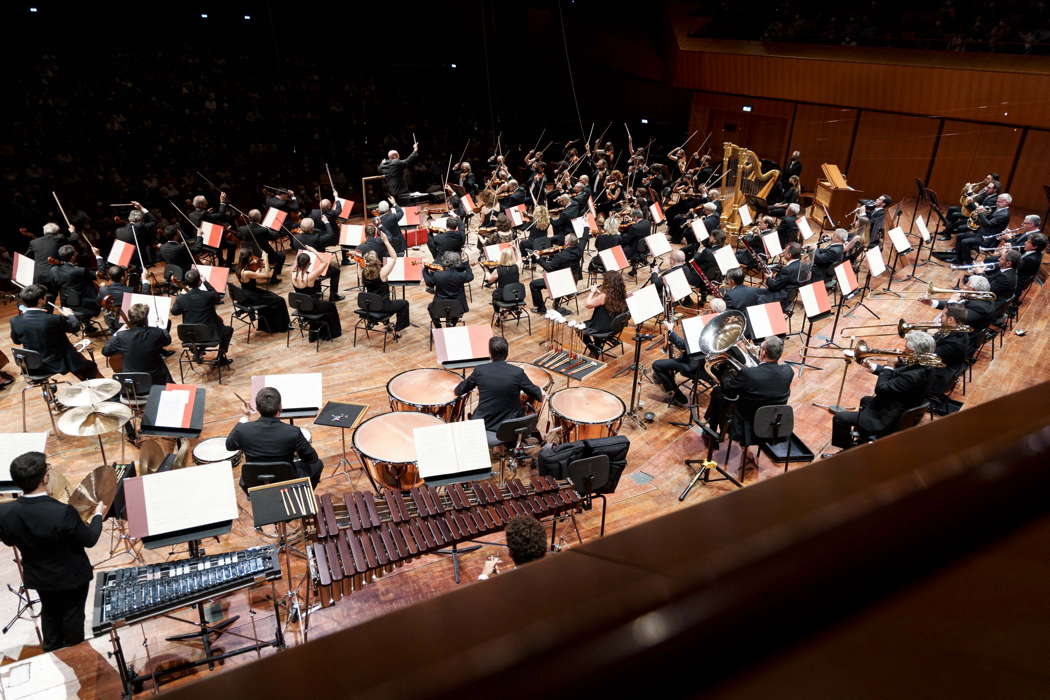
Jaap van Zweden conducting the Orchestra dell'Accademia Nazionale di Santa Cecilia in Rome. Photo © 2022 Musacchio, Ianniello & Pasqualini
After the use of trumpets and horns in the two previous movements, in the third (Largo) Shostakovich does not use brass. The strings are divided throughout the movement: the violins in three groups, the violas in two, the celli in two. The double basses remain in unison. In this movement, with much lower tones than the previous ones, beautiful melodies based on a theme that will be clearly exposed in the central part - the first time you can hear it in the middle of the second minute - are played by strings and solo woodwind instruments, in turn. Van Zweden emphasizes the apex of the tension of the piece with the theme recalled by solo strings and xylophone. This opens the way to the wonderful theme of solo cellos. The closing of the movement, entrusted to harp and celesta, in a magical and delicate atmosphere, seems to recall the surreal end of the first movement.
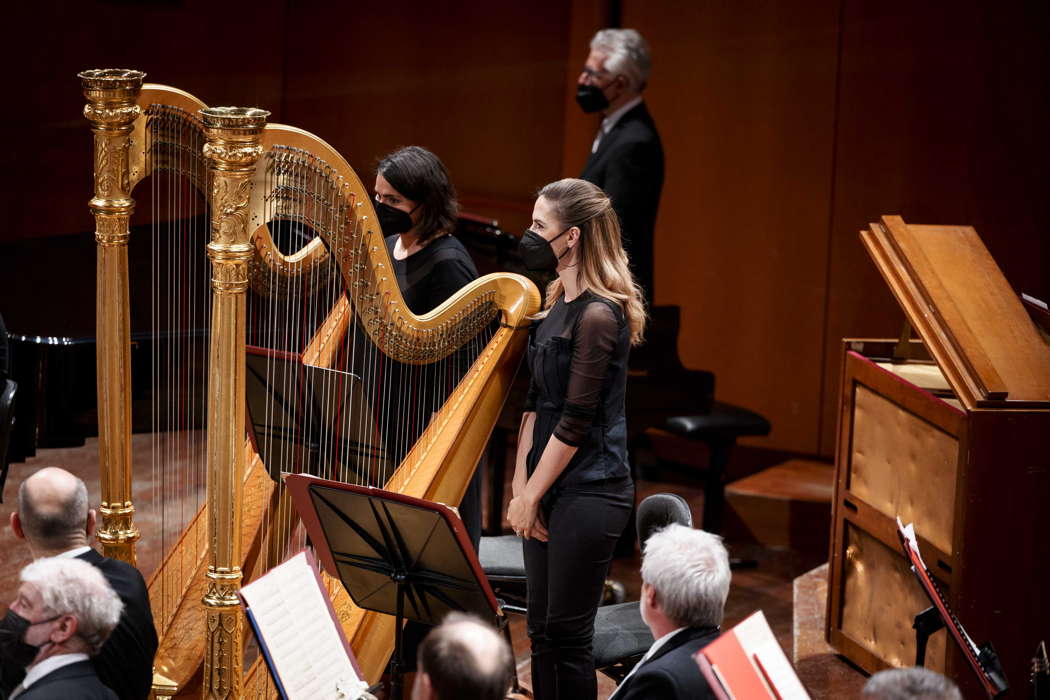
The harpists of the Orchestra dell'Accademia Nazionale di Santa Cecilia in Rome. Photo © 2022 Musacchio, Ianniello & Pasqualini
In the fourth movement (Allegro ma non troppo) there are four sections. To break the almost fairy atmosphere of the third movement, there is a crescendo of the whole orchestra, which acts as an opening to a timpani and brass tune, in a march that subsequently involves the whole orchestra. This is followed by a long dialogue between strings, horns and flutes, culminating in the entrance of the harp. Then the entire orchestra enters. With a crescendo, constant until the end, the peak of tension is reached: after the final explosion of the whole orchestra, this symphony ends with a solo of timpani, percussion and brass, which overlap with an incessant repetition of the D major tone of the string section, representatives of the composer oppressed by the regime. Before the interval, there were about eight minutes of ovation.
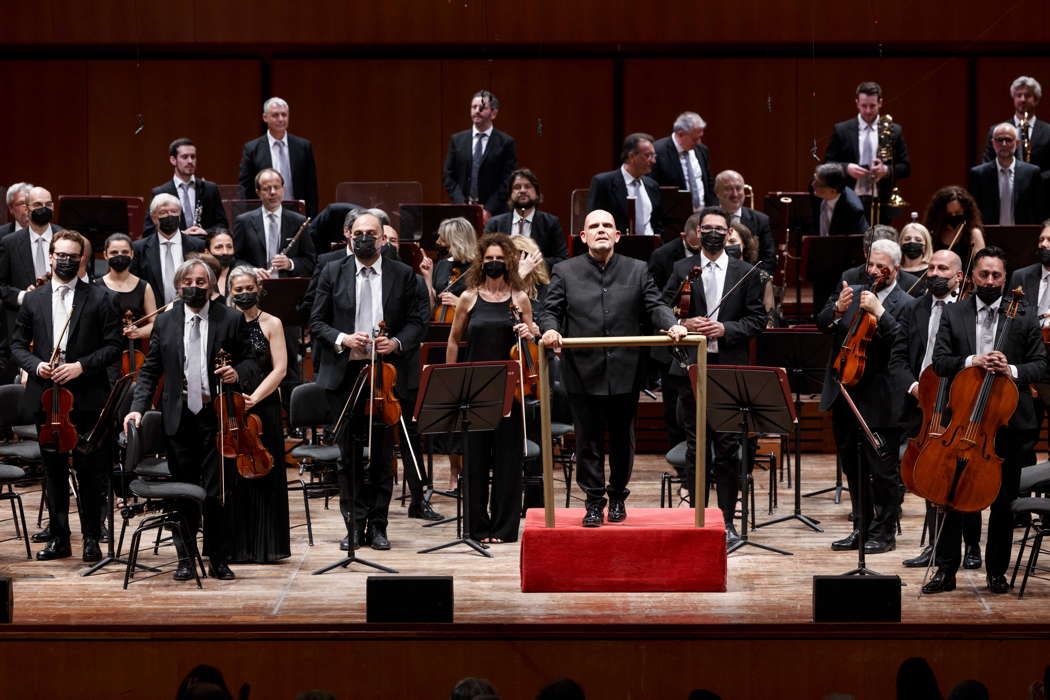
Jaap van Zweden and members of the Orchestra dell'Accademia Nazionale di Santa Cecilia in Rome. Photo © 2022 Musacchio, Ianniello & Pasqualini
I do not dwell on Beethoven's 'fifth', which is performed almost every year in the symphonic season in the Accademia Nazionale di Santa Cecilia. In the 'van Zweden version', above all the colors and the dense network of allegorical and ethical references stand out. Conductor and orchestra were highly applauded.
Copyright © 30 May 2022
Giuseppe Pennisi,
Rome, Italy




